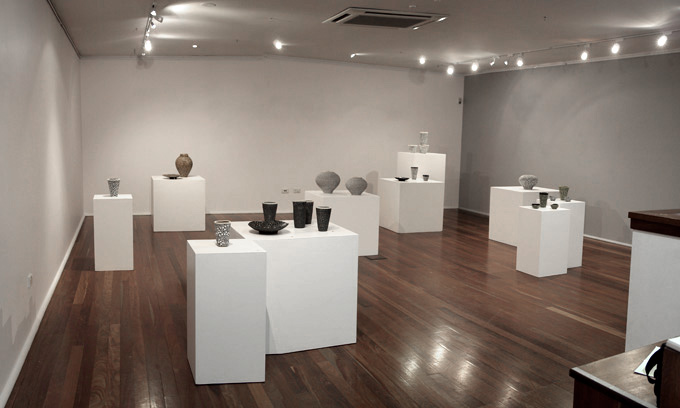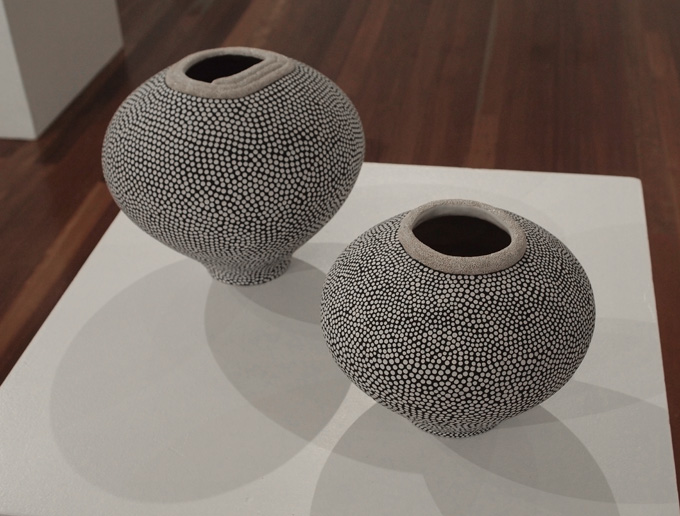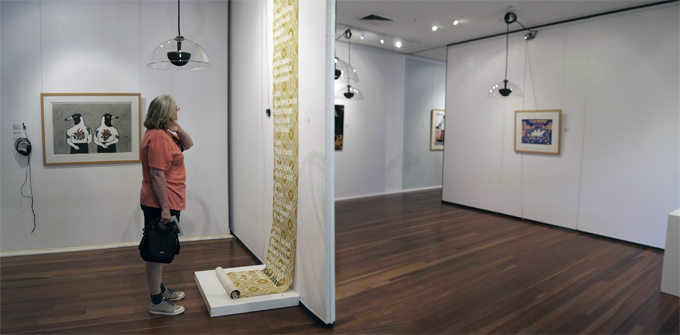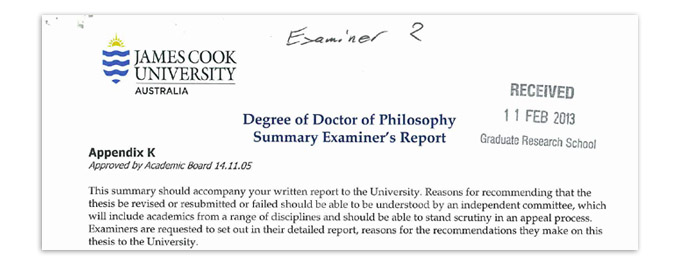Archive for February 2013
GIRRAWEEN National Park in the rain
Or: When the Bureau of Meteorology says it ‘might’ rain it probably will!!
.
.
Camping in the rain at Girraween
.
We shouldn’t have – but – we did . . .
We were celebrating our sabbatical
Girraween our place for such rituals
So we put the tent up, set up the camp and fire
And settled in for a quiet night in the bush.
A couple of raindrops signaled what was to come.
As it gradually increased to a steady drizzle
We retreated to the car.
Our Tarago has sheltered and transported us for over 550,000kms
Through droughted landscapes of searing heat and bull dust
In driving rain and along flooded roadsides
Across vast and lonely country roads
The car is our inspiration, our ‘think-tank’ even our camera.
It has dodged kangaroos by travelling at snails pace
Avoided destination fixated drivers and their death defying maneuvers
Now again we are avoiding the soaking rain in the warm and comfort of this legendary vehicle
From the car we planned and prepared our evening meal

Doug tends the fire in the rain in preparation for the cooking of a roast chicken dinner in a Bedourie Oven
Doug started the fire in the rain
A job he has done more than once
And we put our chicken in the Bedourie oven to slowly roast
Added leeks and potatoes a little later
We watched the fire cook from the car
The rain still steadily increasing
.
Finally our dinner was ready
A bottle of celebratory Brown Brothers Patricia
In our dry and warm car
Life is pretty good …
.
.
Words: Victoria Cooper ….≥≥………Images: Doug Spowart
.
.
The regional gallery that advertises on highway billboards
The concept of cultural tourism is often cited as the justification for local council support of regional arts infrastructure that may include, cultural policy, gallery facility and staffing, education or interpretive or developmental officers, local arts workers, regional grant administration and auspicing. What interests us as we travel around the country is the quality of regional arts practice and the entrepreneurial activities that are taking place that tend to be lost in the white noise of the big city hype of blockbusters and art heroes.
The Grafton Regional Gallery is well known for its Jacaranda trees and the Jacaranda Acquisitive Drawing Prize. But there are other things, for example how many regional galleries participate in highway billboard advertising? —GRG does. Another aspect is the diversity of shows presented include curated exhibitions from works in their collection, shows by local artists and travelling exhibitions—recently the Archibald Prize,.
On this occasion two exhibitions attracted our interest, The Art of Sound, a GRG collaboration with the National Film and Sound Archive and Garlugun.gi by local ceramicist Bevan Skinner.
Skinner’s work is informed by his indigenous heritage. A Gumbaygan man he states in the detailed catalogue accompanying the show that: ‘my work always revolves around my culture, my identity and my spirit.’ While any artist could claim the same provenance for their art Skinner’s work is a deliberate and profound blending of the earth of his country (clays, oxides and pigments), and culture (mark making, tradition and storytelling). While the dot technique of the desert artists is apparent in this work Skinner’s use of the motif is to represent stars in the sky and the meaningfulness that they have for him as a way to connect and remember loved ones passed away and now appearing as stars in the night sky. These works are part of a larger series Winda-bin Waluurrgundi – Stars of The Valley.
Bevan Skinner’s work is presented in a multi-plinthed exhibition space with groups of pots and plates resonating. Some time ago I remember a comment by David Hockney in which he said something around the idea that the time the artist takes in making a work is matched by how it will engage with the viewer. There is something of this in Skinner’s work, for me each piece is a vessel that holds in the artist’s communiqué and the viewer’s gaze activates the message.
One side issue emerging from Bevan Skinner’s biography is Associate Diploma in Ceramics training he completed at TAFE in the early 1990s with art teachers who assisted with his development as an artist. I can only exhibit trepidation about the future of artists like Skinner who early in their career ‘found themselves’ through TAFE, now that in NSW art training has been dropped from all TAFE colleges.
The Art of Sound offers a new way of presenting visual art in a gallery space. The concept is to pair works from the GAG collection with audio material supplied from the National Film and Sound Archive so that the viewer of an artwork has a sight and sound experience of the art. On entering the gallery space the visitor is immediately met with the usual artworks on the wall but something is different—each has some kind of parabolic Perspex dish suspended above or headphones nearby. These sonic devices deliver, in a fairly localised way, music or audio to compliment the work. Composer and sound/artist designer James Hurley undertook the installation of the audio apparatus at GAG.
Gallery Director Jude McBean does not provide answers in her didactic panel statement but rather asks some provocative questions:
‘I wonder how long the effect of linking a particular sound with an artwork will last and how much will the sound determine or change perceptions of the work. These questions also apply to the linking of an artwork to a sound. How long will the participant recall the artwork when hearing that sound outside of the gallery and will the artwork determine or change the experience of the sound or not? The answers are eagerly anticipated over the duration of the project and in later years.’
What I found was that sometimes the audio triggered personal recollections of time and place and that these could be used as a kind of reference for the visual experience of the art. Music, for example, has a broad dissemination across a generation. Take for example the ‘Happy Little Vegemites’ 1954 advertisement. However the artist’s work is very limited in its distribution so the audio conjures up a familiar personal response through which the image is viewed for its concurrency. On other occasions like with Mike Riley’s Stock Reserve near Grafton (2010) and indigenous folk music by AMATA (2007) where the piece of music or audio was unknown as was the artwork a new experience was created. A profound work for me was the Judy Cassab, Mothers Love (2004), J W Lindt pair of 1870s photographs of local Aboriginal people with children synergised by the traditional Indigenous singing by BUMA (2008) a song about crying babies who will go to sleep when fed. Could it be that mine was the predictable response that the curators and their pairing of visual and audio stimulus wished to create?
Another, perhaps subversive experiment that I undertook in the space was to attempt to activate as many sound sources as possible and listen to the montage of sounds whilst moving about the artworks—somehow it created an experience of life itself …
Thank you to the GAG and to other regional galleries around the country who through ingenuity, creativity, entrepreneurship and cunning do as much for their communities as they do for the rest of the country in presenting contemporary art.
.
Dr Doug Spowart
Photos by Doug and Victoria Cooper
WAITING, Waiting, waiting for the examiner’s report on PhD thesis
The thesis (exegesis) was submitted in late November. I was thinking that the examiners would probably have gone on Christmas break before the taking the time to review the thesis so I wasn’t expecting anything in January. By Early February I began to occasionally check my university email for any news … With the iPhone I could even do that at the beach.
Monday 11, 2013: The email and report arrived – One examiner gave the thesis the ‘all clear’. The other examiner required review of some aspects of the thesis. So, the final hurdle is some corrections and then some more university bureaucratic documentation and I’m done!!! Dr Stephen Naylor my supervisor is excited as well…
Victoria Cooper
QAGOMA: THE ART GALLERY + The Photographer
My interest in the world I engage with has led me to be a photographer, sometimes more specifically, a photodocumentary photographer. In my life, art and the space of the gallery, has been a constant companion to my every present desire to encounter both the idea, and the ideas of artists. Linking the two: the gallery and photographic documentation can create problems. This means that I observe and can receive a trigger, a response to make images. I have had to control this impulse to comply with the prevailing gallery institutional morays around photography in their controlled public spaces. Although, for around twenty years to subvert this bureaucratic impost I have photographed where no security could observe and intercept image making—I’ve photographed art gallery dunnies![i] Sometimes I still steal a photograph or two in the gallery: the call of the architectural space, the art in situ and the interaction of fellow patrons is far too strong. And sometimes I get cautioned and asked ‘not to photograph’ by art gallery attendants.
But that has all changed, most significantly in QAGOMA in Brisbane. Now, gallery photography (except in loaned exhibitions where copyright issues preclude photography), has been democratised as every visitor now has an iPhone, a point-and-shoot camera or a DSLR and they are not afraid to use their devices to document artwork, the gallery itself or their interaction with both. This liaison between the camera toting gallery patron and the gallery is a concession that may have arisen from the gallery’s recognition of a changing expectation of the gallery by art viewers. Before taking up a new position as Director of the National Gallery of Victoria the then QAGOMA Gallery Director Tony Ellwood stated in an interview in the Australian Newspaper that: ‘As a director, you continue to reinvent an institution as audience trends and expectations evolve.’[ii] This relaxed attitude to photography seems to be popular as is the revised approach to the ‘quiet as a library’ noise etiquette gallery maxim of the past.
Visitors to galleries do want to encounter art and they want to be rewarded by their engagement with it. Whether this is educative, informative or experiential the act of personal documentation for future reflection and sharing with others is important. In some ways the act of photography is a signifier of the meaningfulness of the art or the experience of that moment for the person with the camera. When images and personal reflection is posted in social media, Facebook and Blogs, the artist/artwork, the exhibition and the gallery become an extended space. But there is also something of the theme park in the nouveau gallery visitor’s expectations, and that is that they want to be entertained, and be seen in that mode of behavior.
QAGOMA’s huge visitor numbers, the highest in Australia at 1.8 million last year, acknowledge the success of catering for this emerging visitor expectation and it would appear that Director Ellwood has brought changes like these into the mix. David Walsh the entrepreneur behind Hobart’s MONA in the Age Newspaper comments that Ellwood: ‘… crosses the boundaries between high art and fun.’[iii]
To enlarge upon the gallery’s audience development strategies QAGOMA Acting Director Suhanya Raffel’s wrote, in the foreword for ‘The 7th Asia Pacific Triennial of Contemporary Art’ publication a claim that: ‘This Gallery is renowned for its inclusive and innovative public programs’ and that the APT has been seminal to the Gallery’s awareness of the importance in, ‘developing interactive art works with contemporary artists and creating meaningful ways for audiences to engage with contemporary art.’[iv]
While it may seem that it’s logical for a gallery to do all it can to attract visitors it seems that there is a political expectation for the gallery to do just that. The Honourable Campbell Newman, Premier of Queensland, in the press release announcement of Chris Saines as the new QAGOMA Director appointee, that ‘I’m confident he [Saines] will fulfil [sic] the brief to provide an accessible and engaging art experience to audiences, while enhancing QAGOMA’s reputation as an art museum of international standing, and Queensland’s reputation as a culturally dynamic state.’[v]
.
As a photographer I am not alone in my interest in photographing in the gallery and making images of gallery patrons viewing artworks. Thomas Struth[vi] is well known for his close-up views of visitor’s expressions made in the world’s swankiest galleries. Elliott Erwitt’s[vii] photographs exhibit his wry humour and the juxtaposition of subject and situation. The gallery inspired work of both photographers has been famously published in exhibitions and books. While my style sometimes has a kinship with Erwitt’s humour the work I do is more about the incongruities presented by a peopled vibrant space full of large and small-scale objects, fames, architectural forms and 3D experiential rooms.
As gallery patrons move within these spaces and spontaneously respond to what they encounter—my objective is to observe and record moments in which a synergy exists between the subject, the place, maybe the artwork and a sense of order that the photographer in me needs resolved. These are unpredictable and fluid moments where intuition and patience contribute to a desired outcome. Work in the space of the gallery I do so cautiously not wanting my presence or activity to impede or influence my fellow visitors. Often the camera is turned on my partner Victoria and myself, as we experience the gallery. As always, in this space the viewer becomes the viewed, and I in turn I am also viewed, by the now benevolent gallery attendants.
Every visit to QAGOMA is now not only an opportunity to connect with the artworks on show but also to document fellow visitors and their experience of art—often themselves being compelled by the same impetus as mine, to photograph and inter-react with the gallery and the art presented within.
.
Dr Doug Spowart
Many of my gallery photography exploits are posted, with commentaries, on the blog <wotwedid.wordpress.com>
[i] I made an artists book entitled Places of quiet introspection in 2006 that features some of these surreptitiously made art gallery dunny photographs. A copy of the book was purchased by the State Library of Queensland’s for inclusion in their Artists Book collection.
[ii] http://www.theaustralian.com.au/news/features/tony-ellwood-44-national-gallery-of-victoria-director/story-e6frg8h6-1226464781363
[iii] http://www.theage.com.au/entertainment/art-and-design/big-task-for-new-gallery-director-20120229-1u3jg.html
[vii] Amazon.com book description for Erwitt’s Museum Watching. <http://www.amazon.com/Elliott-Erwitt-Museum-Watching-Photographs/dp/0714863114>

























